- Cameron College bases its operating philosophy on several significant forces now exerting influence on students and industry. Our objective is to maintain a standard of excellence in training to ensure competence and intellectual stimulation in our students. Our programs are designed to be realistic and satisfying to the student and to the prospective employer. Each student is made to realize that post-high school training provides a dignified alternative to a four-year college program. Cameron College believes that excellence in occupational education should be available and affordable to all who are willing to make a firm commitment to sound career preparation. Training designed to equip our students with skills necessary to secure a successful career is a most important objective in our philosophy. This, basically, is our philosophy: to have an awareness of the needs of students and of the needs of their future employers, and to provide an immediate response to any changes in those needs, thus contributing to the welfare of the community as a whole.
School Highlights
Cameron College served 20 students (100% of students were full-time).
The college's student:teacher ratio of 10:1 was lower than the state community college average of 23:1.
Minority enrollment was 97% of the student body (majority Black), which was more than the state average of 60%.
School Overview
Cameron College
(LA) Community College Avg.
Carnegie Classification
Associates Colleges
Associates Colleges
Institution Level
Less than 2 yrs
At least 2 but less than 4 years
Institution Control
Private, for profit
Public
Total Faculty
2 staff
37 staff
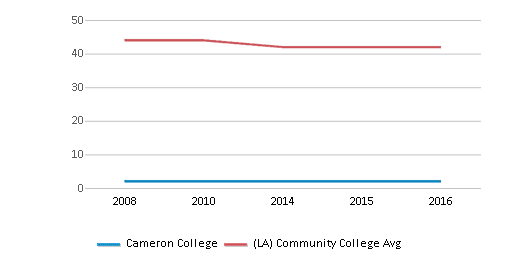
Number of Programs Offered
6
9
Student Body
Total Enrollment
20 students
422 students
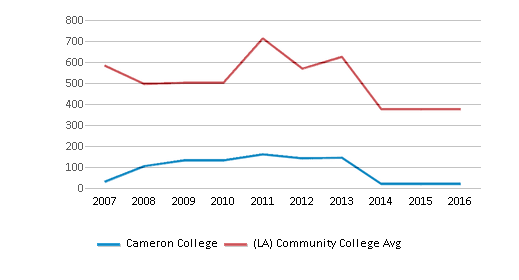
Student : Teacher Ratio
10:1
23:1

# Full-Time Students
20 students
311 students
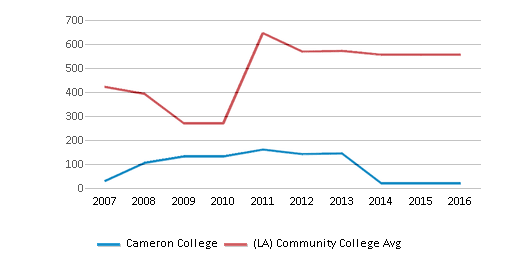
# Part-Time Students
n/a
393 students
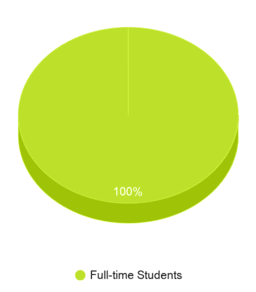
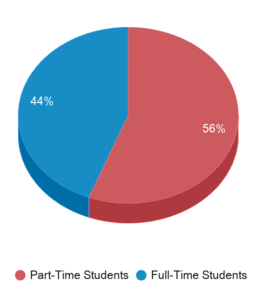
# Enrollment Undergraduate
101 students
343 students
# Full-Time Undergraduate Students
20 students
284 students
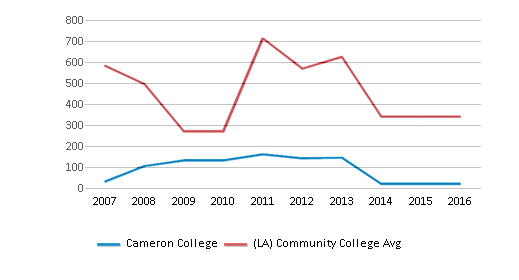
# Full-Time Graduate Students
n/a
17 students
# Part-Time Undergraduate Students
n/a
1,213 students
# Part-Time Graduate Students
n/a
1 students
Total Dormitory Capacity
n/a
217 students
% American Indian/Alaskan
n/a
1%
% Asian
n/a
2%
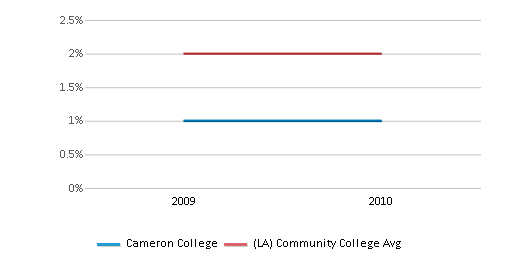
% Hispanic
n/a
5%

% Black
97%
41%
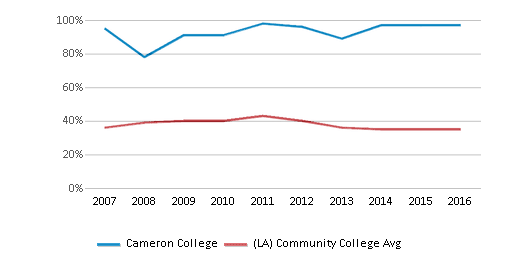
% White
3%
40%
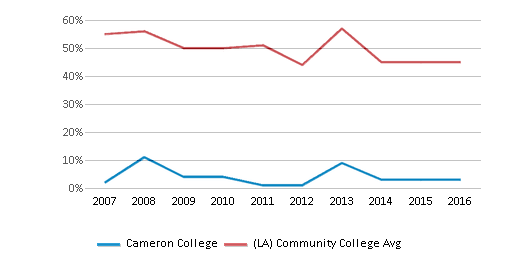
% Hawaiian
n/a
1%
% Two or more races
n/a
2%
% Non Resident races
n/a
1%
% Unknown races
n/a
7%
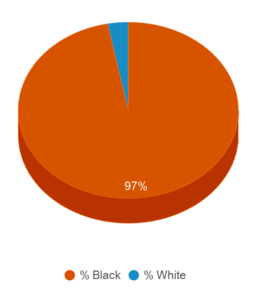

Diversity Score
0.06
0.66
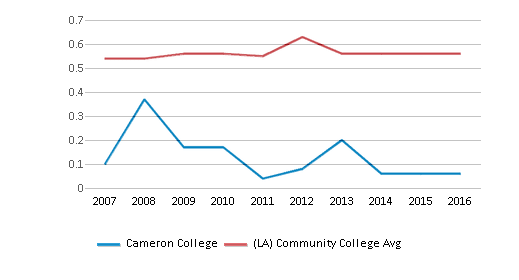
College Completion Rate (Students who graduate in less than 4 years)
56%
44%
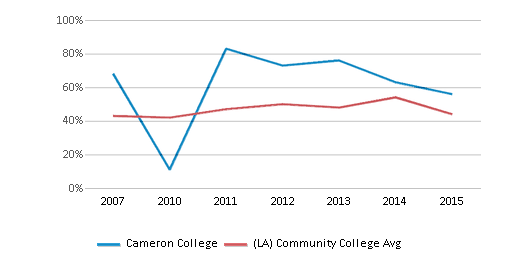
College Completion Rate (Students who graduate in 4 years or more than 4 years)
n/a
0.3147%
Average Graduate Earnings (10 Years)
$28,200
$28,200
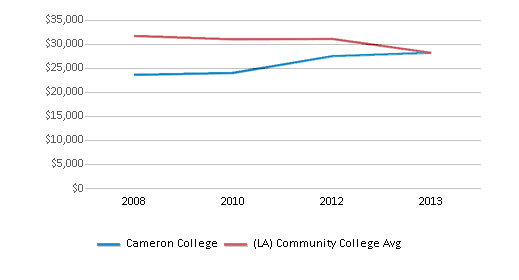
Tuition and Acceptance Rate
% Students Receiving Some Financial Aid
100%
89%
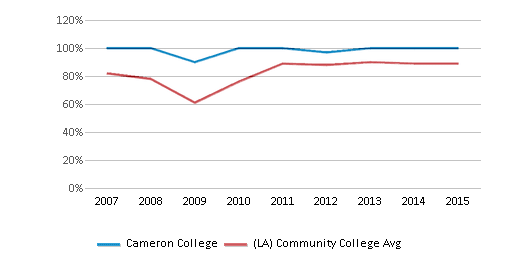
Median Debt for Graduates
$3,449
$10,800
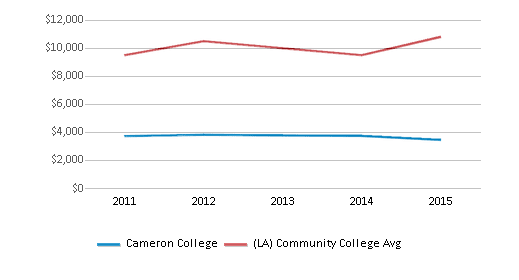
Median Debt for Dropouts
$5,351
$4,952
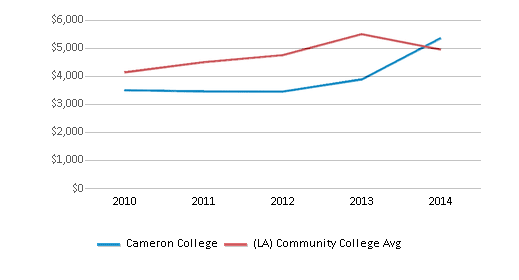
Acceptance Rate
n/a
94%
ACT Composite
n/a
21
ACT English
n/a
21
ACT Math
n/a
20
Source: 2016 (or latest year available) Integrated Postsecondary Education Data System (IPEDS)
School Notes
- Training at Cameron College is an excellent alternative to a traditional degree. We prepare men and women for satisfying careers in a variety of fields. We offer practical, hands-on instruction with the aim of providing the specialized skills needed in today's workforce. Cameron College also offers short courses and seminars in special skills at the College as well as in-service programs in business and the medical field. The Military Preparatory Program is available for young people who are referred by one of the branches of the military in preparation for their entry into the Armed Forces.
Recent Articles

Obtaining Your Bachelor's Degree at a Community College
Explore the evolving landscape of community colleges offering bachelor's degrees, addressing affordability, accessibility, and workforce needs.

A to Z of Community College Certificates and Courses
From business and healthcare to technology and skilled trades, the article showcases the breadth of options available to students seeking to enhance their knowledge, develop new skills, or pursue career advancement.

What is a Community College?
This comprehensive guide explains what a community college is, its history, and its role in higher education. It covers the types of programs offered, differences from four-year colleges, benefits of attending, and important considerations for prospective students, providing valuable insights for those exploring educational options.





